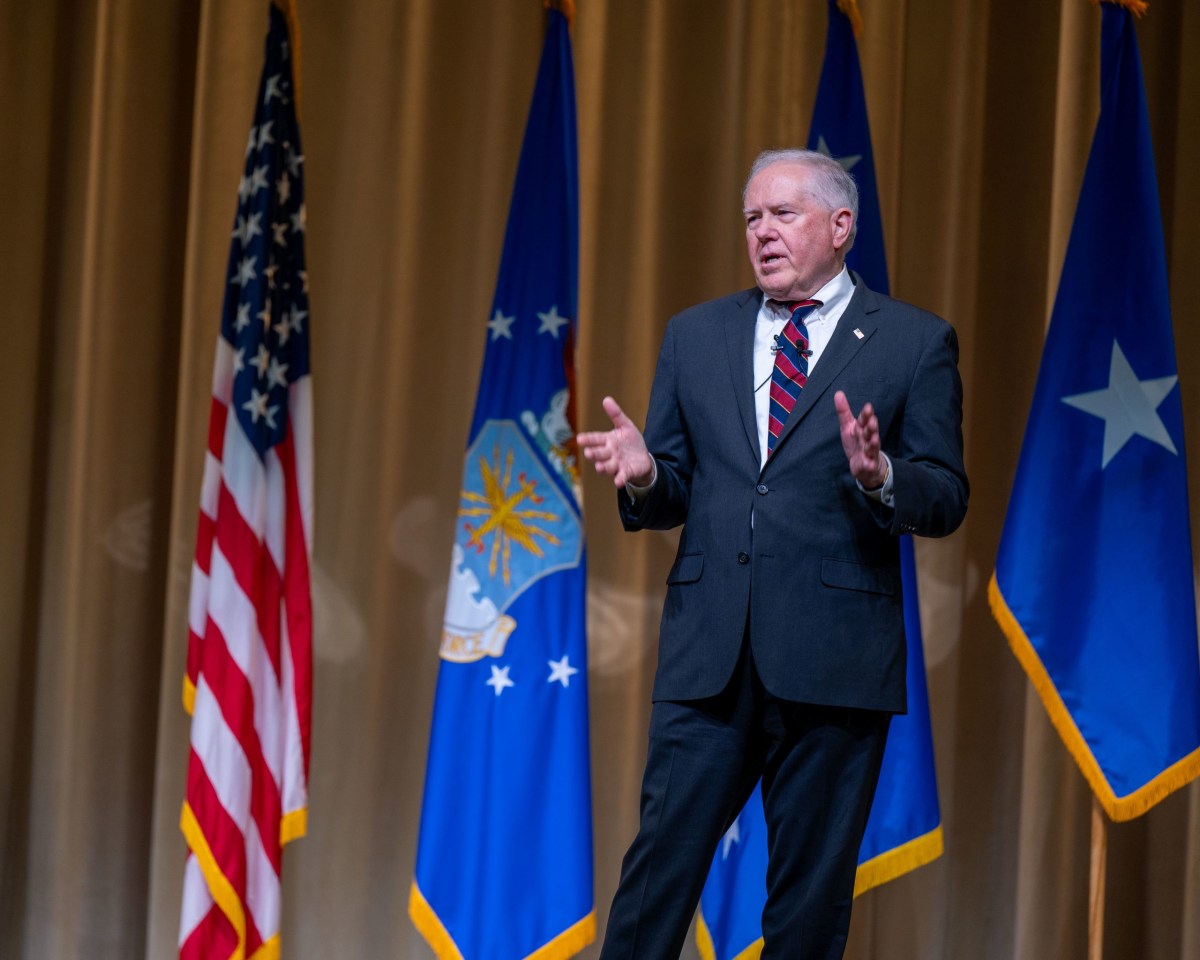WASHINGTON — Outgoing Air Force Secretary Frank Kendall delivered a stark warning to Congress in his final weeks in office: The United States risks falling behind China in the military space race unless it fundamentally transforms its space capabilities.
In a report submitted to Congress last month and discussed during a Jan. 13 talk at the Center for Strategic and International Studies, Kendall outlined an ambitious vision for both the Air Force and Space Force, emphasizing the need for dramatic expansion in space-based capabilities between now and 2050 to counter growing threats from China and Russia.
“We’re going to need a much bigger, much more powerful Space Force,” Kendall said, adding that the military branch needs to evolve “from the equivalent of a merchant marine to a navy.”
The assessment, which Kendall himself requested through last year’s National Defense Authorization Act, comes at a critical moment as lawmakers debate long-term military spending priorities amid escalating concerns about China’s military expansion in the Indo-Pacific region.
Credit: ‘Department of the Air Force 2050’According to the “The Department of the Air Force in 2050” report, a copy of which was obtained by SpaceNews, the Space Force — currently comprising about 10,000 personnel — will need to grow substantially while investing heavily in artificial intelligence, autonomous systems, and modernized networks of space-based sensors.
“Space will be recognized as the decisive domain for almost all military operations,” the report projects, warning that by 2050, adversaries will possess significant numbers of both terrestrial and space-based weapons capable of attacking U.S. space systems.
Kendall, who has overseen both the Air Force and Space Force since 2021, emphasized that future conflicts will operate at “machine speed, not human speed,” requiring extensive integration of artificial intelligence for real-time data analysis and intelligence generation.
“The future of war is highly automated, highly autonomous,” he said. “The ability of the entire joint force to project power depends upon our success in space.”
The report calls for “transformative investment” in several critical areas: missile warning and tracking systems, nuclear detonation detection, real-time targeting capabilities, secure communications and battle management, protection against adversary space systems.
While acknowledging that some progress has been made since the Space Force’s creation five years ago, Kendall stressed the urgency of further development. “We are going to have to do something to counter the militarization of space that China has embarked upon, largely to target our joint force and largely to deny us space capabilities,” he said.
The assessment builds on strategic planning initiatives that began during the Obama administration and accelerated during Trump’s first term. However, Kendall cautioned that the report’s projections rely on broad assumptions, noting it would be unrealistic to expect detailed quantitative predictions about force structure through 2050.
Beyond military capabilities, the report emphasizes the need for deeper partnerships with the private sector to leverage commercial and dual-use innovations, reflecting the growing intersection of civilian and military space technology.
The warning comes as China continues to demonstrate rapid advancement in its military space capabilities, including the development of sophisticated satellite systems and anti-satellite weapons, raising concerns among U.S. military planners about the potential vulnerability of American space assets.
